Design for a Stage Set with Figures in a Cave Watching an Erupting Volcano
Pen and brown ink, grey wash, partial watermark crown and posthorn, 168 x 213 mm (6.6 x 8.4 inch)
Provenance
Private collection, Paris
~
This extraordinarily modern and haunting drawing of two figures seated in a cave, watching a volcano (presumably Vesuvius) erupting in the distance, is in fact a design for a stage set, executed by theatrical designer Gaspare Galliari, who worked in Milan for most of his career. Due to the temporary nature of Galliari’s designs, the artist is now largely forgotten. Only through his own studies, such as the present work, and a small number of prints, is it now possible to capture an impression of his artistic output.
Born in a family of artists, the son of Giovanni Antonio Galliari (1718–1783), Gasparo trained with his uncle, Fabrizio Galliari (1709-1790).1 He worked in Milan, Genoa, Venice and Vienna. In 1814 a collection of mezzotinted designs by Gasparo was published by Batelli and Fanfani in Milan, entitled NUMERO XXIV INVENZIONI TEATRALI. A similar set of watercolour stage designs is preserved in the Victoria and Albert Museum, London. The watercolour frontispiece is entitled ‘DECORAZIONI TEATRALI INVENTATE DA G. GALLIARI. 1817’ (see fig.).2 Among these designs is another study of an erupting volcano, this time seen through a half-drawn Classical archway (see last fig.).3
The near-identical dimensions of our drawing to the V&A sheets suggests that they could originally have formed part of the same set. This is further suggested by the fact that they share an un-painted border along the upper edge of the sheets, presumably where they were bound in an album. It is likely that our drawing was executed around the same period, c. 1817.
1. For the Galliari dynasty, see Rossana Bossaglia, I fratelli Galliari: pittori, Milan 1962, and Mercedes Viale Ferrero, La scenografia del ‘700 e i fratelli Galliari, Turin 1963.
2. Pen and ink, grey wash, 210 x 166 mm; inv. no. E5291-1960.
3. Pen and ink, grey wash, 167 x 213 mm; inv. no. E5299-1960.













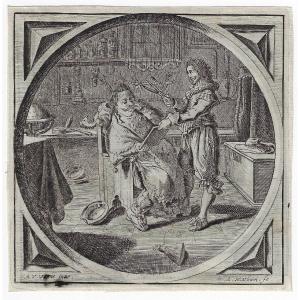
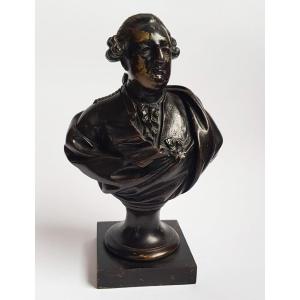
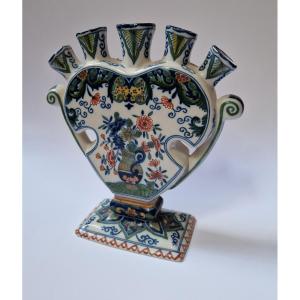



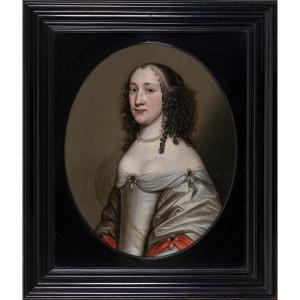
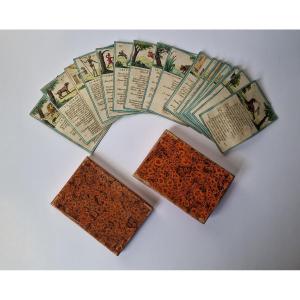






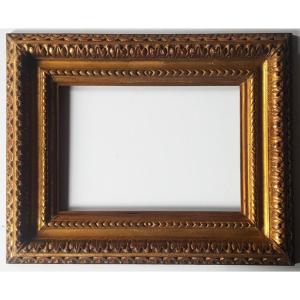



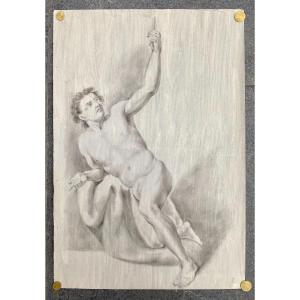
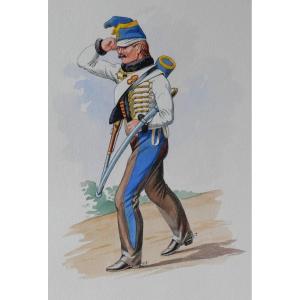



 Le Magazine de PROANTIC
Le Magazine de PROANTIC TRÉSORS Magazine
TRÉSORS Magazine Rivista Artiquariato
Rivista Artiquariato